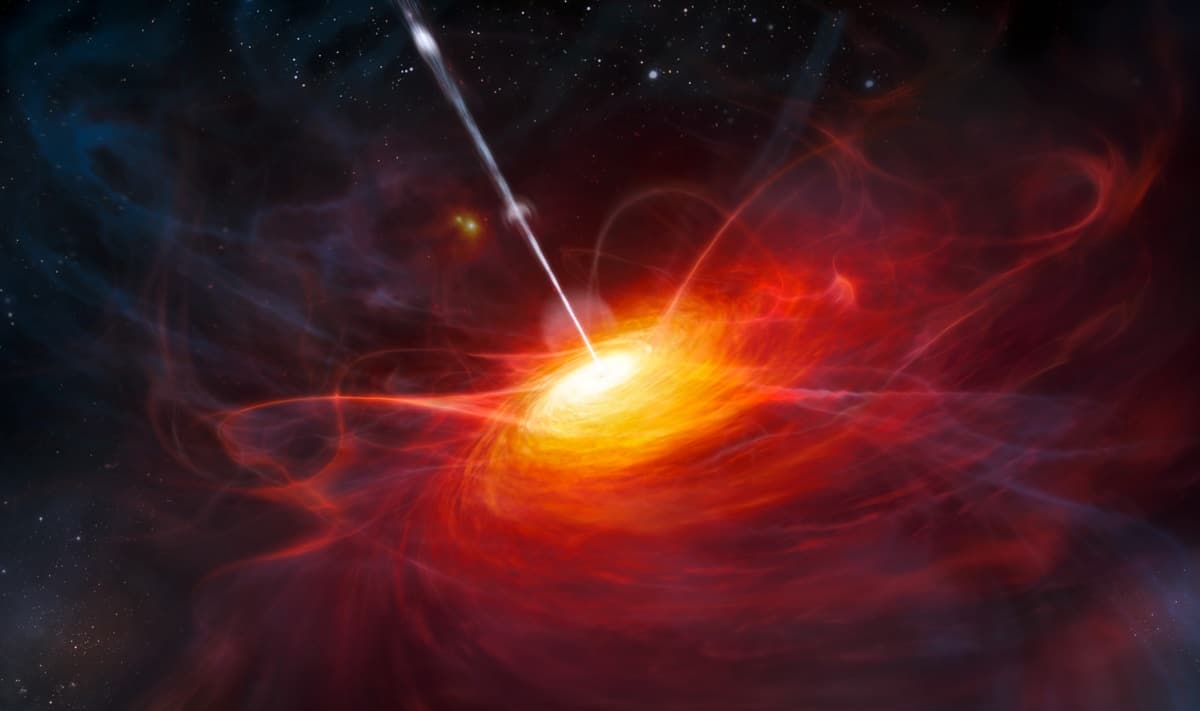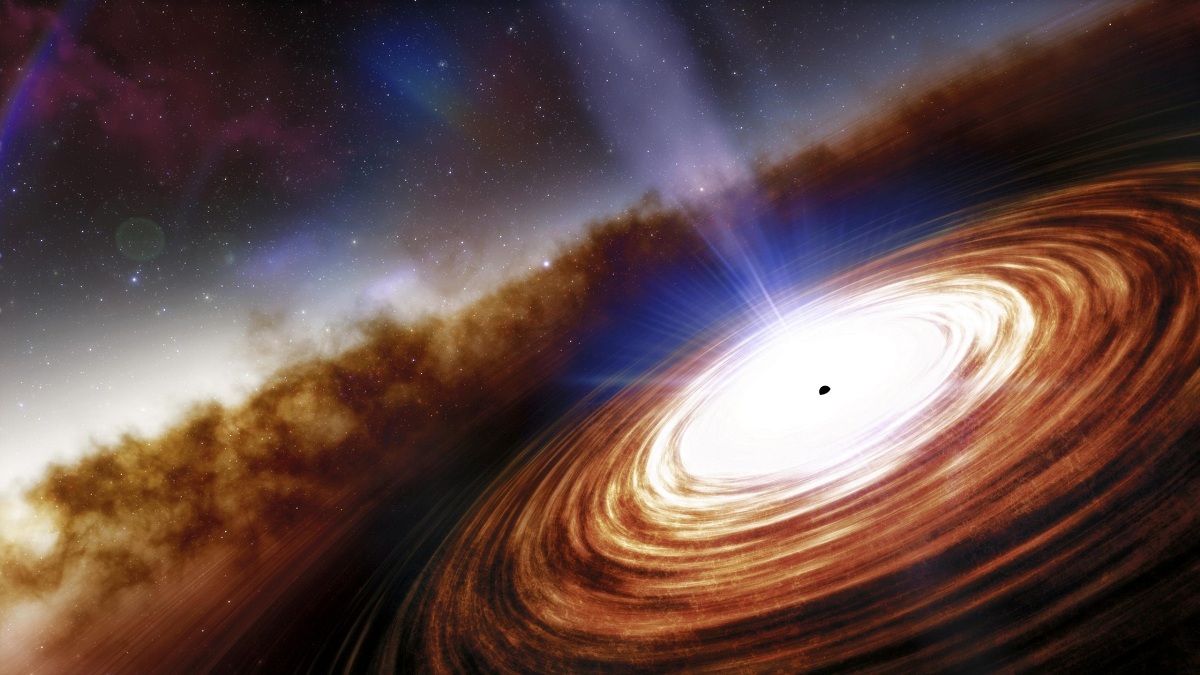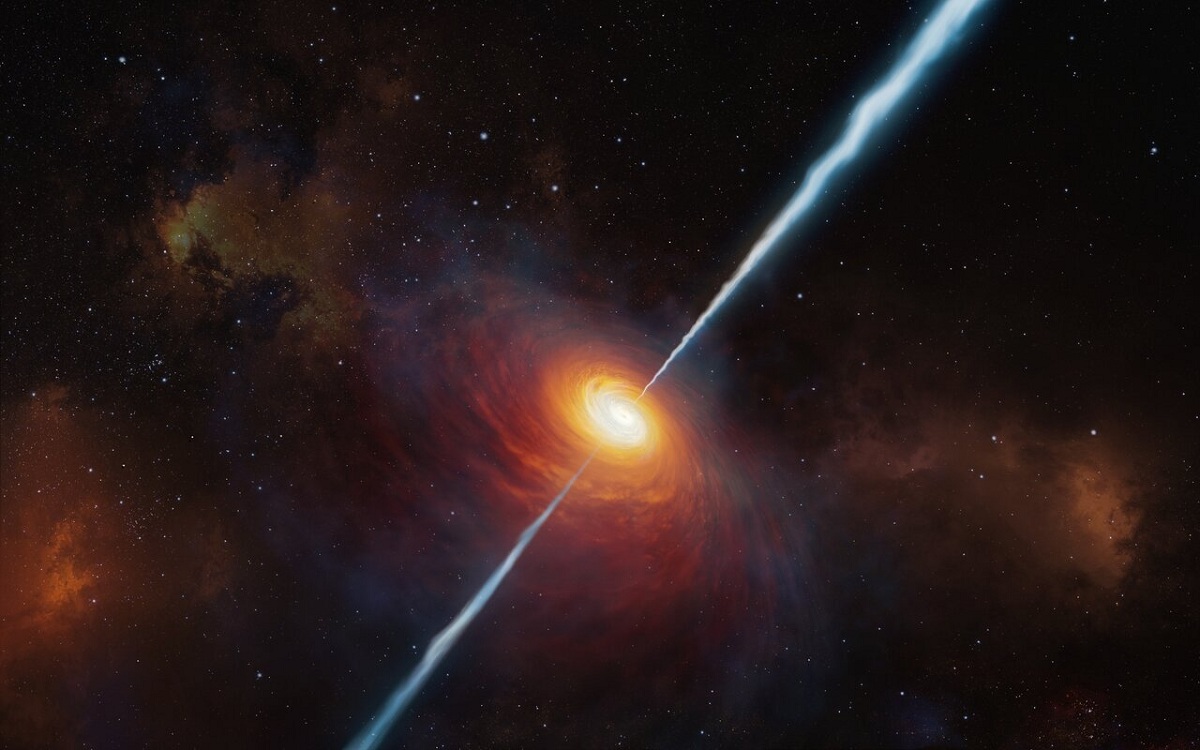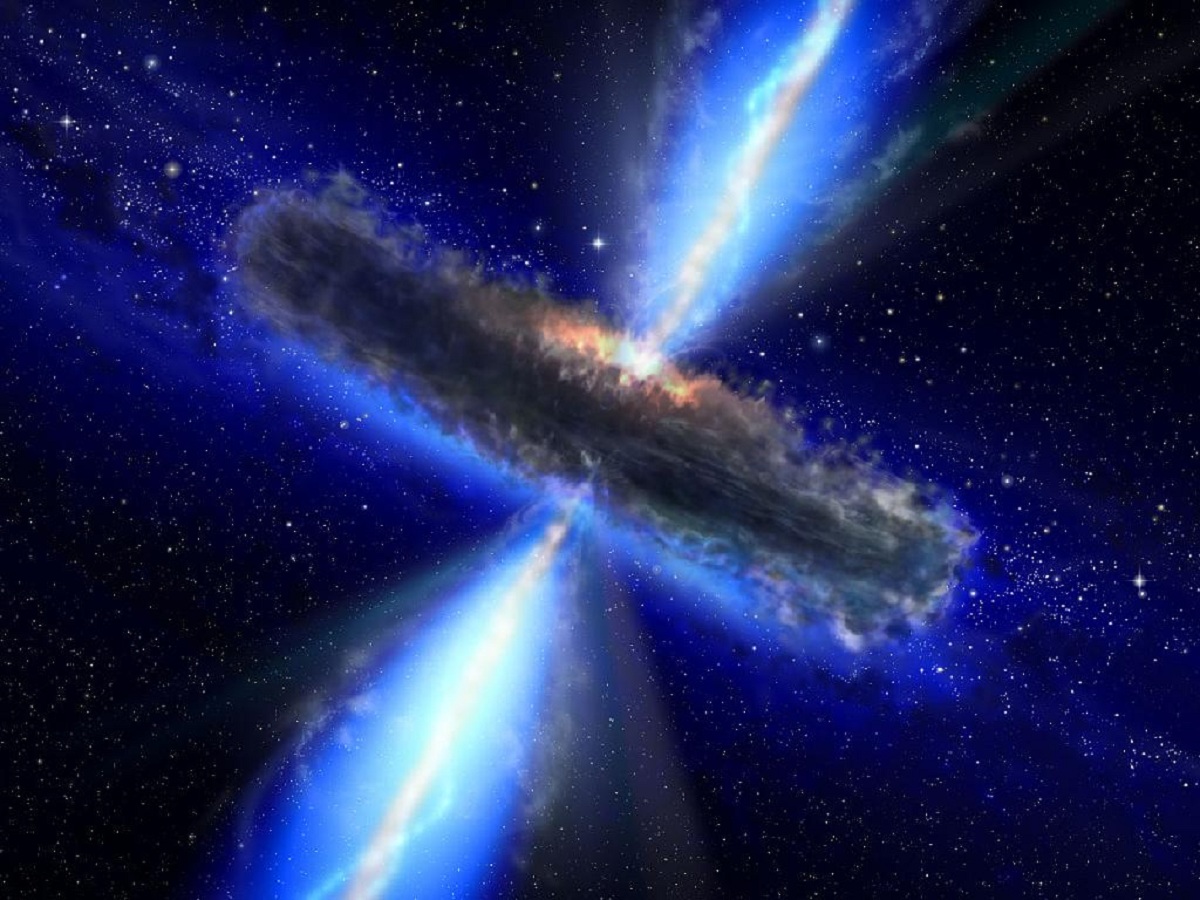
We know that the universe is immense and there may be numerous unknown objects such as the stars that refer to a celestial body. There are also various types of individual astronomical objects that can be found in the sky. Among all these astronomical objects find the quasar. It is the astronomical object considered by expert scientists as one of the most luminous stars that exists in the universe. It is about Roger Birds finds space far away and manages to emit enormous amounts of energy through similar radiation to produce the stars.
In this article we are going to tell you everything you need to know about the quasar, its characteristics and importance.
Key features
Quasars are celestial bodies powered by supermassive black holes (billions of times bigger than our sun). They glow so brightly that they dazzled the ancient galaxies that contained them, and surprisingly we only began to understand them half a century ago.
Scientists believe that these strong signals come from the galactic nucleus, which has more than its host galaxy. In fact, we only find quasars in galaxies with supermassive black holes (not even in all black hole galaxies). When celestial material is too close, it forms an accretion disk that heats up to millions of degrees and emits a lot of radiation.
The magnetic environment around the black hole causes jets of energy are formed in opposite directions (similar to what happens with the energy of a pulsar, which also emits in two opposite directions), which travel through space for millions of years. Although light cannot escape from the black hole and dust and gas fall into it, other particles are accelerated almost to the speed of light due to this magnetism.
Now we are going to focus on the characteristics of the quasar:
- It feeds on the energy generated by the violent encounter between galactic matter
- It grows in the center of a new galaxy and then becomes a very bright celestial body. It can even detect billions of light years.
- Its light is caused by a huge black hole located in the center of the Milky Way.
- The gaseous matter around it managed to reach extremely high temperatures. There was a lot of friction and turbulence in it.
- They have high levels of radiation.
- They are millions of times brighter than stars.
History of the quasar
We must go back to the 1930s, when Karl Jansky (one of the pioneers of modern radio astronomy) discovered that static disturbances on telephone lines in the Atlantic came, more or less, from the Milky Way. In the 1950s, astronomers were already using radio telescopes to scan the sky and use their findings to compare them with images of the sky.
Therefore, they found that some smaller emission sources did not have equivalent emission sources in the visible light range. In other words, they found the source of the radio emission in the radio signal, but they did not find a star or anything that appears to emit this energy in the image of the sky. Astronomers call these objects "wireless power sources for sights" or "quasars." After years of research (and it may even be possible to clarify the possibility that they are some kind of emission from an alien civilization), people have discovered that they are actually particles that are accelerated close to the speed of light.
It is a source of energy that is responsible for radiating a large amount of light, it is an extremely massive black hole and a furnace of glowing gas.
Quasar Properties
The quasar has a considerable redshift and they are far from the ground. Although they appear faint when viewed through a telescope, they are far apart, making them the most luminous objects in the universe. They can change their luminosity in different periods of time. Some of them can also change the brightness in months, weeks, days or hours. The width of a quasar that changes on a timescale of a few weeks cannot exceed a few light weeks.
The quasar also has many of the same characteristics as active galaxies. Radiation is not thermal radiation and has been observed through jets and lobes (like radio galaxies). Quasars can be observed in many regions of the electromagnetic spectrum, such as radio frequency, infrared, visible light, ultraviolet, X-rays and even gamma rays. Most of them are brightest in the ultraviolet color reference frame near the 1216Å Lyman-alpha hydrogen emission line, but due to their red shift, the observed light spot in the near infrared reaches 9000Å.
The importance of discovering and studying the quasar is that scientists can use it to find important information on how to create the first supermassive black hole and its galaxy.
Where are they found?
Most of the quasars we find are billions of light years from us. Since even if it travels at the speed of light, these radiations take a long time to spread. Studying these objects is actually the same as using a time machine, so we can see celestial bodies thousands of years ago, just like when light escaped from there. Millions of years. Of the more than 2.000 known quasars, most existed in the early stages of their galaxies. The Milky Way may have been celebrated in the early days and has been silent ever since.
Quasars emit up to a trillion volts of energy, surpassing all the light collected by all the stars in the Milky Way. They are the brightest objects in the universe and its luminous power is 10 to 100.000 times that of the Milky Way. They are not the only objects with these characteristics, in fact they are part of a group of celestial bodies called active galactic nuclei, which also includes Seifert's galaxies and celestial bodies.
I hope that with this information you can learn more about quasar and its characteristics.


